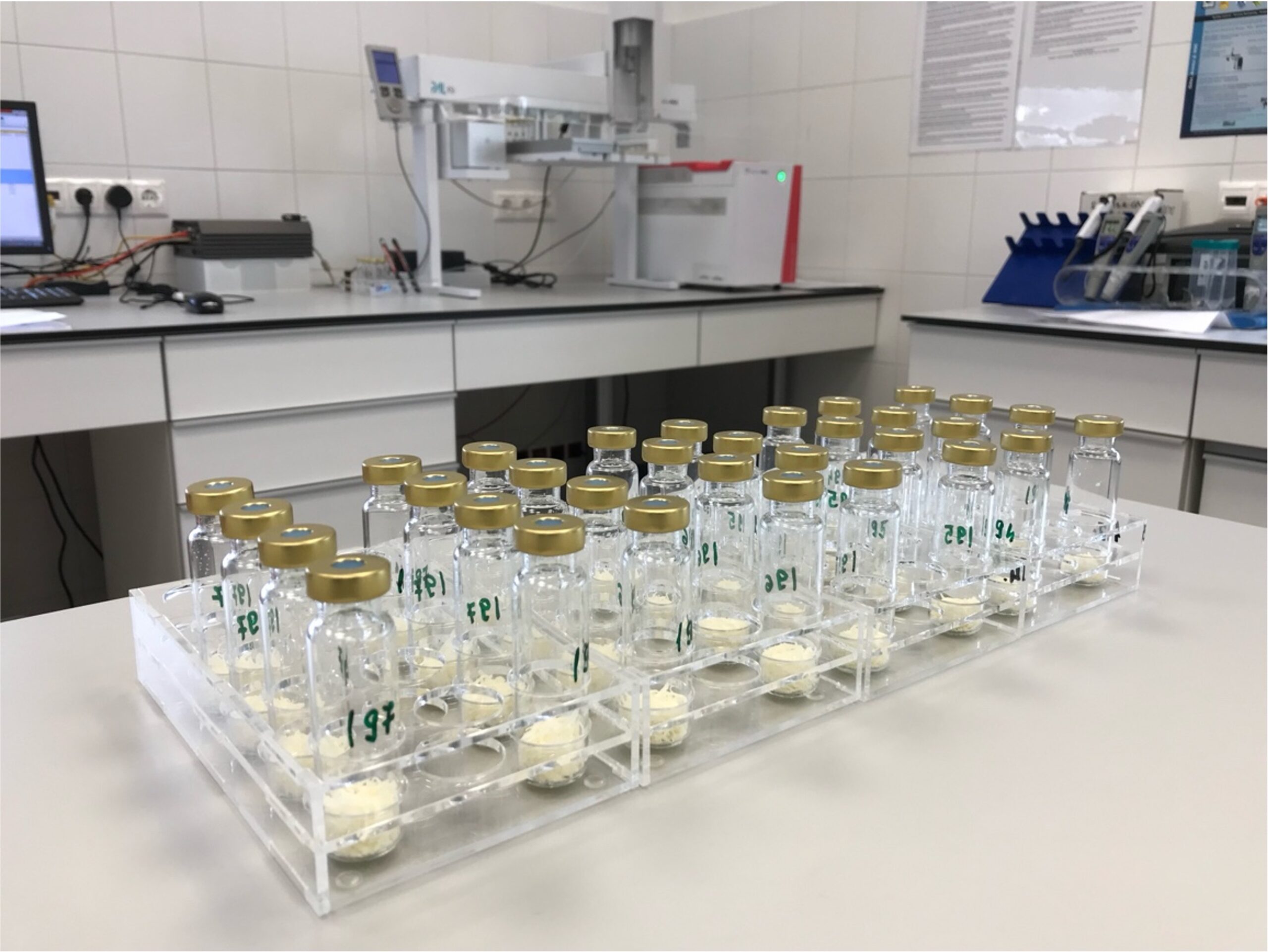What has a greater impact on the quality of yogurt? The composition of raw milk or the yogurt culture used? In our scientific paper prepared with colleagues from MATE, Hungarian University of Agriculture and Life Sciences, and published in the journal Food Control, we sought answers to these questions.
Uncovering key factors in differentiating fermented milk by feeding type and probiotic potential with E-nose and NIRS techniques
Mariem Majadi, Omeralfaroug Ali, András Szabó, Tamás Tóth, George Bazar, Zoltan Kovacs
This study evaluates the capabilities of near-infrared spectroscopy (NIRS) and electronic nose (E-nose) in characterizing fermented milk, focusing on the impact of feeding type and probiotic potential. Three separate trials were conducted to compare the effects of Total Mixed Ration (TMR) cow feeds enriched with polyunsaturated fatty acids against control feeds. Milk samples, collected from the feeding trials, were fermented with three Lactobacillus strains categorized based on their probiotic potential: moderate (M), non-probiotic (N), and probiotic (P). The probiotic (P) strain exhibited distinct biochemical changes that were easily identifiable by both technologies. The NIRS and E-nose datasets were analysed separately to highlight the individual strengths and unique contributions of each technique in discriminating sample attributes. Specific NIRS wavelengths (1600–1800 nm), associated with unsaturated fatty acids like oleic and linoleic acids, acted as reliable markers for distinguishing milk samples based on the feeding type, while the 1300–1600 nm range helped differentiate strains. E-nose analysis identified volatile compounds such as hexanal and 1-hexen-3-one, formed from the oxidative degradation of unsaturated fatty acids, highlighting the impact of bacterial strains and milk composition on aroma and flavor. The fatty acid profile, particularly the unsaturated fatty acids and their derivatives, played a crucial role in strain and diet selection, offering valuable insights into the development of fermented milk products with specific probiotic characteristics.

Access the full paper free of charge on the website of the journal:
